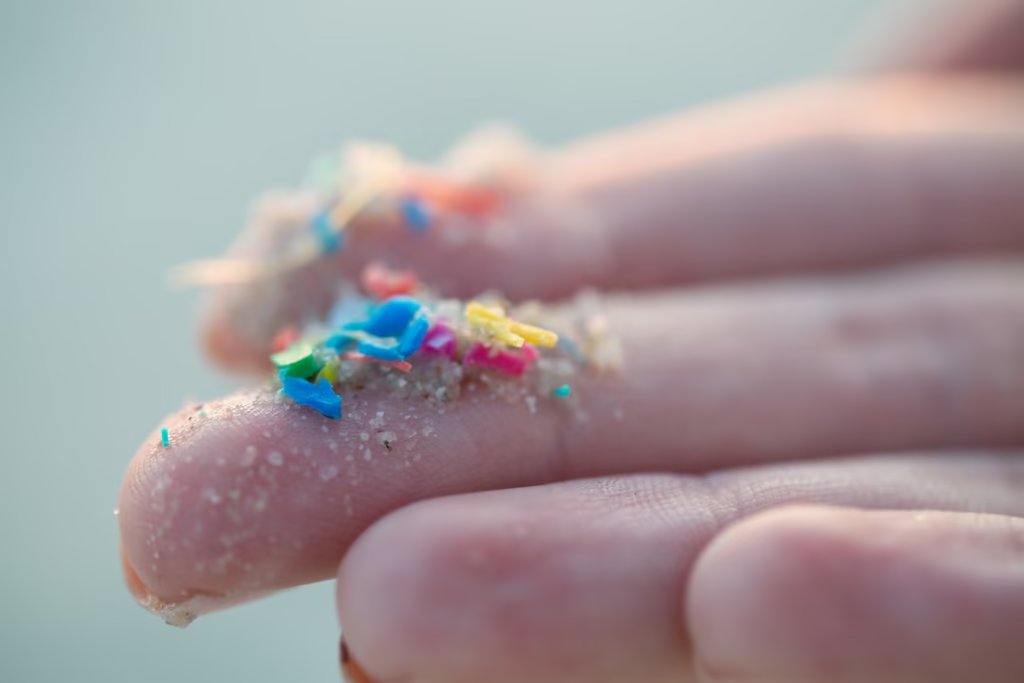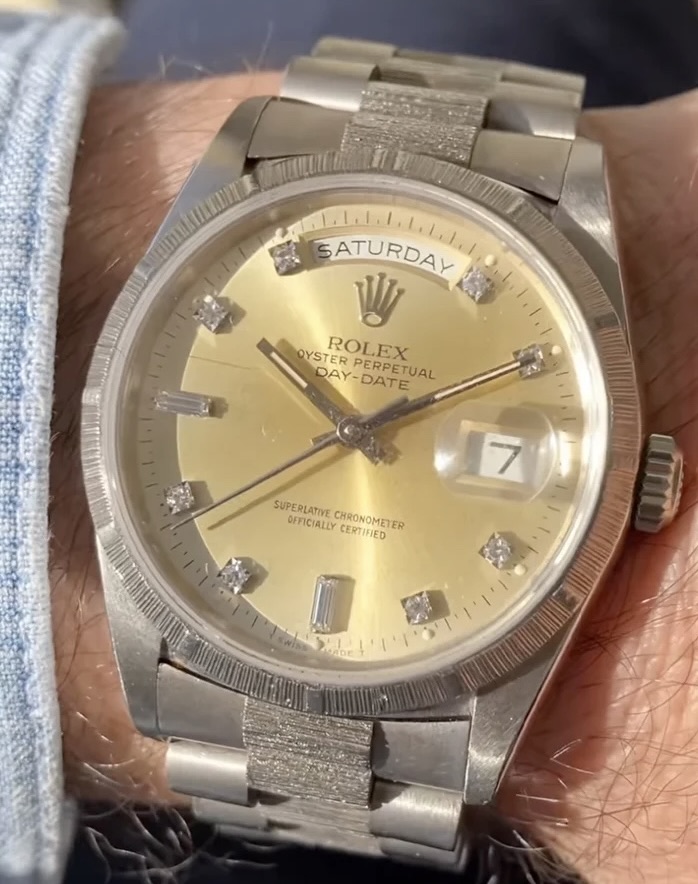It sounds like science fiction — a two-hour, £10,000 procedure that filters your blood of microplastics, “forever chemicals,” and inflammatory proteins. The Harley Street-based Clarify Clinics claims to have pioneered this “Clari Procedure,” the world’s first treatment designed to cleanse the bloodstream of environmental contaminants. Celebrities like Orlando Bloom have reportedly undergone it, chasing the promise of purity in an age where pollution is inescapable.
The appeal is obvious. Studies have shown that microplastics are everywhere: in the air we breathe, the food we eat, even our own organs. One study suggested we ingest up to five grams of microplastics a week, the equivalent of a credit card. Another found traces in the bloodstream, liver, and lungs. If environmental toxins are unavoidable, then perhaps the next logical step is to pay for their removal.
But like most wellness miracles wrapped in white-lab aesthetics, the story is more complicated — and perhaps more revealing of the modern desire to buy our way out of ecological guilt.
inside the “Clari Procedure”
According to Clarify Clinics, the “Clari Procedure” works through apheresis, a process in which blood is drawn from the body, separated into red blood cells and plasma, and then filtered through what they call a “Clari column” before being returned. The company claims that this system removes 90–99 percent of microplastics from the blood, and recommends the process as an annual detox for longevity and vitality.
Its promotional language is carefully crafted — “CE Mark-approved,” “clinically sterile,” “wellness optimisation.” Yet beneath the jargon lies an uncomfortable question: Does it actually work?
So far, there’s no peer-reviewed data to support these claims. While apheresis is a legitimate medical technique used to treat autoimmune diseases and lipid disorders, no large-scale scientific study has shown that it can remove microplastics effectively. The clinic’s CEO, Yael Cohen, has publicly claimed improvements in clients’ energy, sleep, and skin health — but such benefits remain anecdotal.
View this post on Instagram
what the scientists say
“From a scientific standpoint, there is currently no robust evidence to confirm that clinical treatments can effectively remove microplastics from blood,” says Professor Luiza C. Campos of University College London and Dr. Rosa Busquets of Kingston University. They stress that the microplastics found in human blood vary immensely in size, composition, and chemical properties — making them difficult to capture through a single filter or adsorbent.
Microplastics are not one uniform pollutant but thousands of variations — polyethylene from packaging, polyester from clothes, polystyrene from food containers. Each behaves differently when interacting with fluids. Designing a filter that can capture every form, without stripping beneficial plasma proteins or cells, is almost impossible with current technology.
Even Dr. Heather A. Leslie, an independent researcher on plastic pollution, has raised red flags about the invasiveness of the process. “Your body’s defences will definitely be alarmed,” she notes. “It doesn’t prevent exposure or impacts, since it treats the problem only after microplastics are already circulating.” In other words, even if the procedure worked, it would have to be repeated endlessly — an expensive, ongoing loop of purification and recontamination.
the unknowns of microplastic toxicity
For all the public concern, it’s worth noting that science is still catching up to the phenomenon of microplastic toxicity. The mere presence of microplastics in our bodies doesn’t yet equal proven harm. As Rani Ghosh, a registered toxicologist, points out, “Early toxicology points to possible inflammation or oxidative stress pathways, but we do not yet have robust causal links in humans.”
A 2022 World Health Organisation report reached similar conclusions: exposure is real, but the extent of harm remains uncertain. More recent studies have suggested possible effects on bone density or cardiovascular health, but the field is still nascent.
This uncertainty creates fertile ground for speculative “cures” — particularly ones that sound scientific enough to soothe the eco-anxious elite.
wellness or wealth signaling?
At £10,000 a session, the “Clari Procedure” is not healthcare; it’s a luxury commodity. In a sense, it’s emblematic of a wider bio-wellness economy, where anxiety about environmental decay becomes a profit stream. From cryotherapy chambers to longevity blood transfusions, modern wellness markets sell reassurance — not necessarily results.
“It shows how the wellness sector monetises anxiety,” says Ghosh. “Plastic pollution is a real environmental issue, but instead of systemic change, we are offered high-priced ‘fixes’ that sound scientific but are not backed by outcomes. When celebrities like Orlando Bloom do it, it glamourises the idea that you can buy your way out of a global pollution problem.”
This is the moral paradox at the heart of such treatments: those who can afford to detoxify their own blood are often part of the consumption cycle driving the pollution crisis in the first place. It’s a lifestyle loop that’s less about health and more about absolution.
the false Promise of biomedical cleansing
In many ways, this new trend mirrors the 21st-century obsession with “biohacking” — a movement that treats the human body like a gadget in need of constant upgrading. The notion of “cleaning” blood taps into deep psychological territory: purity, renewal, transcendence. Yet it also risks reinforcing class divides, turning environmental anxiety into a status symbol.
The aesthetic of the Clarify Clinic — chrome equipment, minimalist design, white coats and soft lighting — communicates science, but the lack of peer-reviewed transparency undermines that visual authority. The act of purification becomes performative, a ritual that looks curative but remains scientifically uncertain.
what can actually help
If removing microplastics from your bloodstream isn’t (yet) scientifically credible, what can individuals do? The answer lies in prevention, not filtration.
Dr. Leslie suggests small but impactful lifestyle choices:
-
Avoid heating or storing food in plastic containers.
-
Choose glass or stainless steel over plastic for food and water.
-
Limit consumption of ultra-processed foods, which often contain microplastic contamination.
-
When renovating, use natural materials such as wood and stone instead of synthetic flooring and paint.
-
Wear cotton or linen over polyester, especially during physical activity.
These may not sound as glamorous as a Harley Street detox, but they are evidence-based — and accessible to all.
the real solution: upstream change
Ultimately, the real battle against microplastic pollution isn’t fought in private clinics but in policy and engineering labs. Campos and Busquets emphasise that prevention at the source is the only sustainable answer: “We must prioritise reducing plastic use, redesigning materials to be safer and more sustainable, and replacing plastic components in medical, household, and industrial devices wherever possible.”
Without these upstream interventions, microplastics will continue to fragment, circulate, and re-enter the human body. Detox clinics can only ever play catch-up — a temporary filter for a systemic issue.
impression.
The £10,000 microplastic cleanse isn’t just a treatment; it’s a symptom — of fear, privilege, and the fantasy of technological redemption. It represents a broader cultural mood: the belief that we can outsource guilt and buy purity, even as the planet itself suffocates under our waste.
Clarify Clinics’ “Clari Procedure” might promise clarity, but what it really offers is reflection — on how far modern wellness has drifted from collective health toward individualised spectacle.
The cleaner our blood becomes, the murkier our values appear.
No comments yet.








